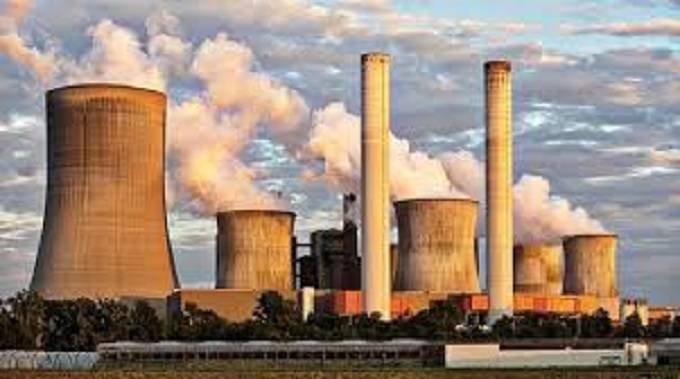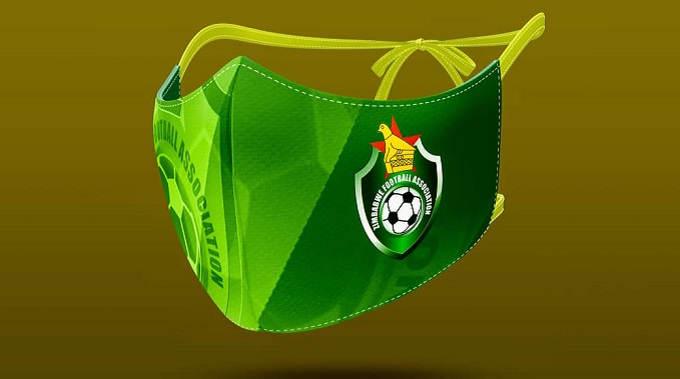COMMENT: Power projects to make re-industrialisation agenda easier

Elsewhere in this edition we quote Industry and Commerce Minister Dr Sekai Nzenza saying the growing coal and energy projects in Matabeleland North province will add greater impetus to the country’s re-industrialisation agenda.
Minister Nzenza was reflecting on last week’s two-day visit to Hwange by President Mnangagwa where he toured several coal mining, coke and power generation projects set to yield an additional 3 000MW to the national grid.
The projects run into billions of dollars and dovetail the mining sector’s US$12 billion economy by 2023.
Power projects visited by the President on Thursday and Friday are expected to feed an additional 3 000MW into the national grid upon envisaged completion by 2023.
The re-industrialisation agenda will be easier to achieve as the projected power output is not only enough to support industry but also provide enough excess for export.
Re-industrialisation is key in achieving the Transitional Stabilisation Programme goal of middle-income status by 2030.
The World Bank classifies countries with the middle-income status as those whose citizens’ average income is between US$1 000 to US$12 000 and there are six categories of developing countries:
1. Low income
2. Middle income
3. Upper middle income
4. High middle income
5. Oil exporters
6. European economies
The World Bank goes on to say that the first four are the third world while the last two are the first and second world.
Many countries have moved up the ladder from low income to high middle income.
The “Asian Tigers” — South Korea, Taiwan and Hong Kong — which grew spectacularly between 1960s and 1990s, gave new hope and focus to African countries.
Land reform, ease of doing business and industrialisation were some of the factors that led to phenomenal growth.
A new crop of Asian countries that are starting to experience rapid economic growth are Thailand, Indonesia and the Philippines. These are known as the “Little Tigers”.
The “African Lions” are a direct response to the “Asian Tigers”.
Ethiopia, Rwanda, Uganda, Ghana, Nigeria, Kenya, Mozambique and Angola are some of the African countries that have used the Asian example for development.
The advantage for Africa has always been the abundance of vast mineral resources. However, exporting raw minerals is not enough.
The “Lions” are adding value to these minerals thereby, earning more from exports and reducing imports at the same time.
Zimbabwe is one country endowed with vast mineral wealth. In Hwange alone, we saw the President tour coal and coke production, as well as gas and electricity generation projects.
Through developing an integrated mining and processing industry value chain model that will see the country consolidate domestic production and increasing high value exports, Zimbabwe is set to join the club of lions and the President’s recent trip to Hwange is evidence to this fact.
The time for waiting for an economic bailout is over. The International monetary Fund and World Bank will not be coming to Zimbabwe’s rescue.
The solution to Zimbabwe’s problems is found in the land. We need to industrialise without help from the “saviour” West.
But first, we have to address the problems raised by Dr Nzenza when she said: “The interrelatedness of the mining and manufacturing sectors should mean that growth in one sector has spillover effects on the other. Unfortunately, the positive growth spillover effect is not being realised in our case.
“We are enjoying limited benefits from our mineral resources because the intermediate inputs into our mining sector are being imported hence helping to build foreign manufacturing base and in addition most of our mineral resources are exported as unprocessed raw materials, which also build foreign manufacturing industries at the expense of local manufacturing.”












Comments